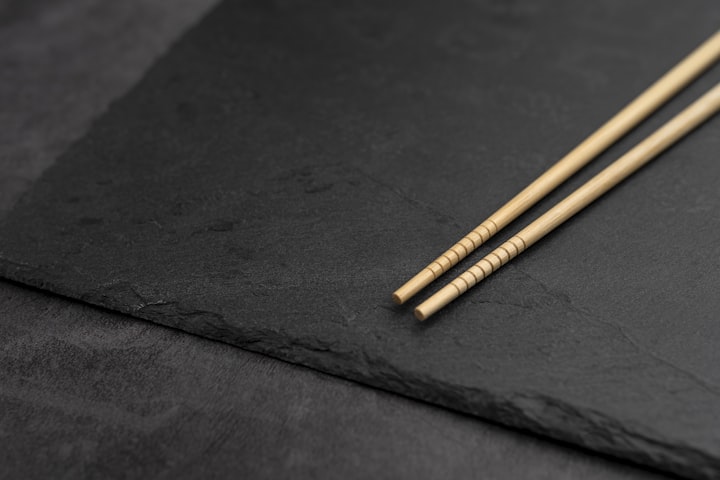
Chopsticks are a pair of equal-length sticks used as the traditional eating utensils in various East Asian countries. They can be made from a variety of materials, including bamboo, wood, plastic, and metal.
1.1. Purpose of the Guide
This guide is designed to help individuals learn how to use chopsticks effectively, which can enhance the dining experience and allow for participation in a key aspect of many Asian cultures.
1.2. Benefits of Using Chopsticks
Using chopsticks can improve dexterity and hand-eye coordination. It also allows for a more nuanced and delicate way of eating, which can be particularly useful when consuming dishes that involve small or intricate pieces.
1.3. Cultural Significance of Chopsticks
Chopsticks hold significant cultural importance in countries like China, Japan, Korea, and Vietnam. They reflect a part of the cultural heritage and etiquette, and learning to use them properly is a sign of respect for these cultures.
2. Getting Started
2.1. Choosing the Right Chopsticks
Selecting the right pair of chopsticks can make a big difference. Beginners might find it easier to use chopsticks with textured tips, which provide better grip on food. Materials like bamboo or wood are often preferred for their lightweight and non-slip characteristics.
2.2. Basic Grip Techniques
The basic technique involves holding one chopstick stationary while moving the other to pinch and lift food. The lower chopstick rests at the base of the thumb and is supported by the ring finger. The upper chopstick is held like a pencil, with the thumb, index, and middle fingers doing the maneuvering.
2.3. Proper Hand Placement
Proper hand placement is essential for control and comfort. The lower chopstick should be anchored firmly and comfortably, while the upper chopstick should have enough freedom of movement to meet the lower stick when picking up food.
3. Mastering the Art
3.1. Picking Up Food
To pick up food, practice bringing the tips of the chopsticks together while keeping the lower one stationary. This can be done by gently moving only the upper chopstick down to meet the lower one, grasping the food firmly but not so tightly that it breaks or falls apart.
3.2. Navigating Different Types of Cuisine
Different cuisines may require different techniques. For example, in Japanese cuisine, one might need to pick up delicate pieces of sushi, whereas Chinese dishes might involve more scooping and lifting motions for items like dumplings.
3.3. Advanced Techniques and Tricks
With practice, users can learn advanced techniques such as transferring food from one set of chopsticks to another, or even deboning fish. These skills require precise control and a deeper understanding of the utensil's capabilities.
4. Etiquette and Tips
4.1. Chopstick Etiquette in Different Cultures
Each culture has its own set of rules and etiquette surrounding the use of chopsticks. For instance, it is considered impolite to point with chopsticks in Japan, and in China, it is taboo to stick chopsticks vertically into a bowl of rice, as this resembles incense sticks used at funerals.
4.2. Common Mistakes to Avoid
Avoid using chopsticks to spear food, passing food directly from your chopsticks to someone else's, or moving plates or bowls with chopsticks. These actions can be considered rude or even offensive in some cultures.
4.3. Tips for Improving Chopstick Skills
Practice is key to improving chopstick skills. Begin with larger, easier-to-grip items and gradually move to smaller pieces. Observing and mimicking experienced chopstick users can also be helpful in honing one's technique.





Comments (1)
good